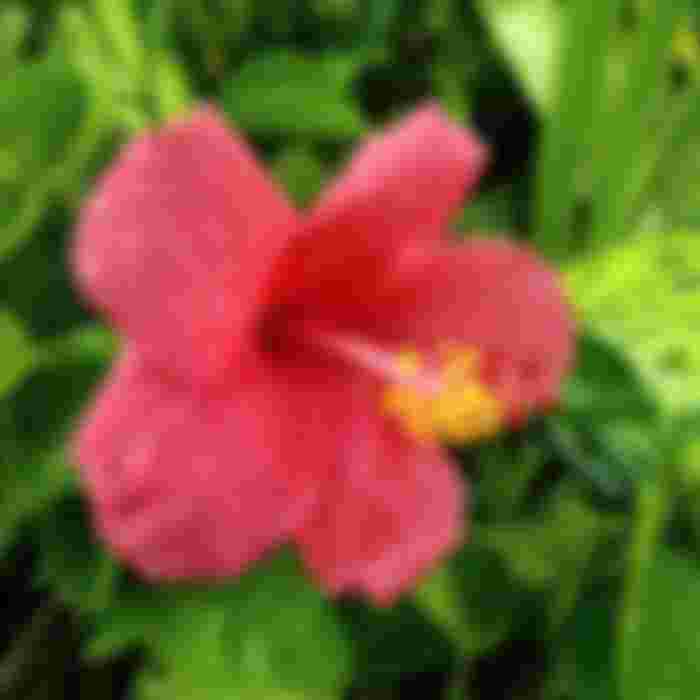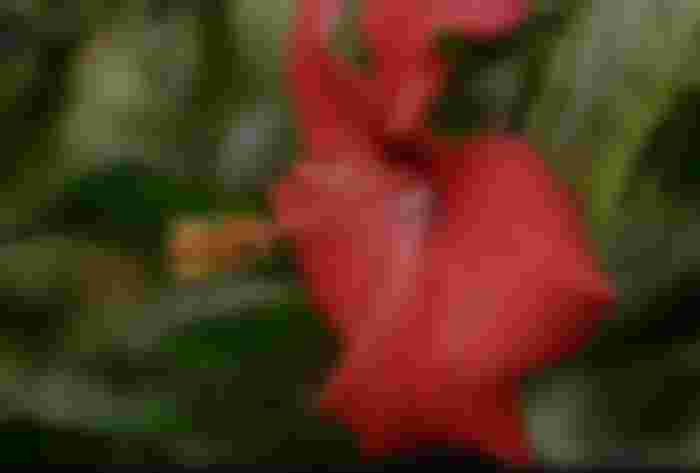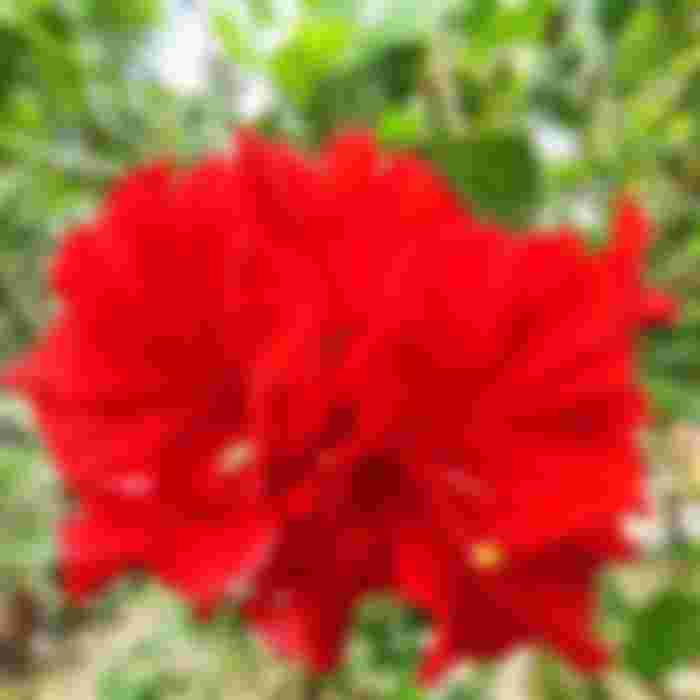Hibiscus rosa-sinensis, known as colloquially as Chinese rosa, China rosa, Rosa mallow, Hawaiian hibiscus, Shoeblackplant etc. This flower has so many colours and spieces. Also different name in different areas. In the south asian countries they also have different names. In my country ( Bangladesh ) it's name is Joba (জবা)
This flowering plants is from the Hibisceae tribe and the family Malvacaeae. It is wildly cultivated in tropical and subtropical regions, but not known in the wild. So that it's native distribution is uncertain.
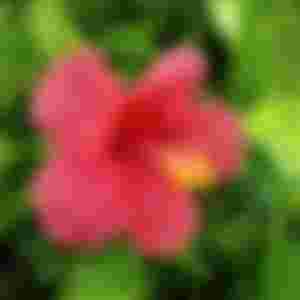
Scientific classification
Kingdom: Plantea
Clade: Tracheophytes
Clade: Angiosperms
Clade: Eudicots
Clade: Rosids
Order: Malvales
Family: Malvaceae
Subfamily: Malviodeae
Tribe: Hibisceae
Genus: Hibiscus
Species: Hibiscus rosa-sinensis
Binomial name
Hibiscus rosa-sinensis
Description

This flower is bushy evergreen shrub or a plant growing 2.5 meters to 5 meters tall and 1.5 to 3 meters wide. Those flower's are generally 5 petaled and 10cm in diameter. With prominent orange-tipped red anthers.

This flower is large, trumpet shaped , with 5 petals. Their colour can be white to pink ,red, orange, yellow or purple. The flower from various cultivator's and hybrid can be either a single flower or a double flower.
Each Hibiscus bud is calyx which is green in colour. The point edges of the calyx are sepals. When the Hibiscus begins to bloom, petals begins to grow that contains multiple petals and multiple colours. The ovary and other female parts of the flower are within the main structure of the Hibiscus, the pistil, which is long and cylindrical. This flower has both male and female parts on the same flower. The five hairy red spots on the top of the flower are the stigma of the flower (female part). The stigma is located at the end of the style branch.
The male part of the flower (stamens) consists of stem-like filaments and each filaments ends with a pollen-producing anther. The anther , which does not release pollen, sits on the filament and these two organs from the male part of the flower, the stamen. The number of their five carpels ,five local ,five sepals and stamens may very.
The key is a branched tap route. Stems aerial erect, green , cylindrical and branched. The leaf is simple, with alternate phyllotaxi and petiolate. The leaves are ovate in shape, the apex is sharp and the margins are spotted. Venation is the unicostate reticulate. Contans free lateral stipules.
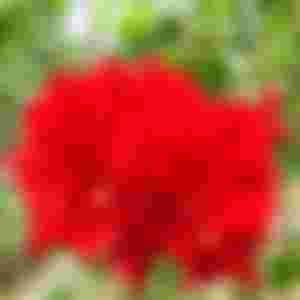
Taxonomy
The specific epithet rosa-sinensis literally means "rose of China", though it is not closely related to the true roses. The genus Hibiscus is placed in the tribe Hibisceae, subfamily Malviodeae of the family Malvaceae.
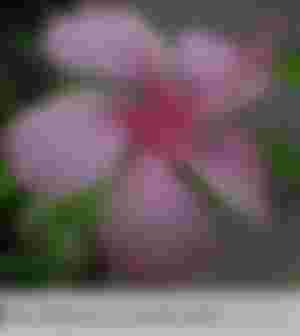
Uses and Cultivation
Hibiscus rosa-sinensis are edible and are used in salad in the Pacific Islands. The flower is additionally used in hair care as a preparation. In the certain parts of India it is used to shine shoes. The flower turns acidic solutions to a dark pink or magenta colour and basic solutions to green. That how it can be used as a pH indicator.
Moreover this flower can be used in medical perposes.
Generally this flower is grown in wild. Sometimes it's cultivated by humans. As it does not tolerate temperature below 10°C. However, plants in containers may be placed outside during the summer months or moved into shelter during the winter months.
